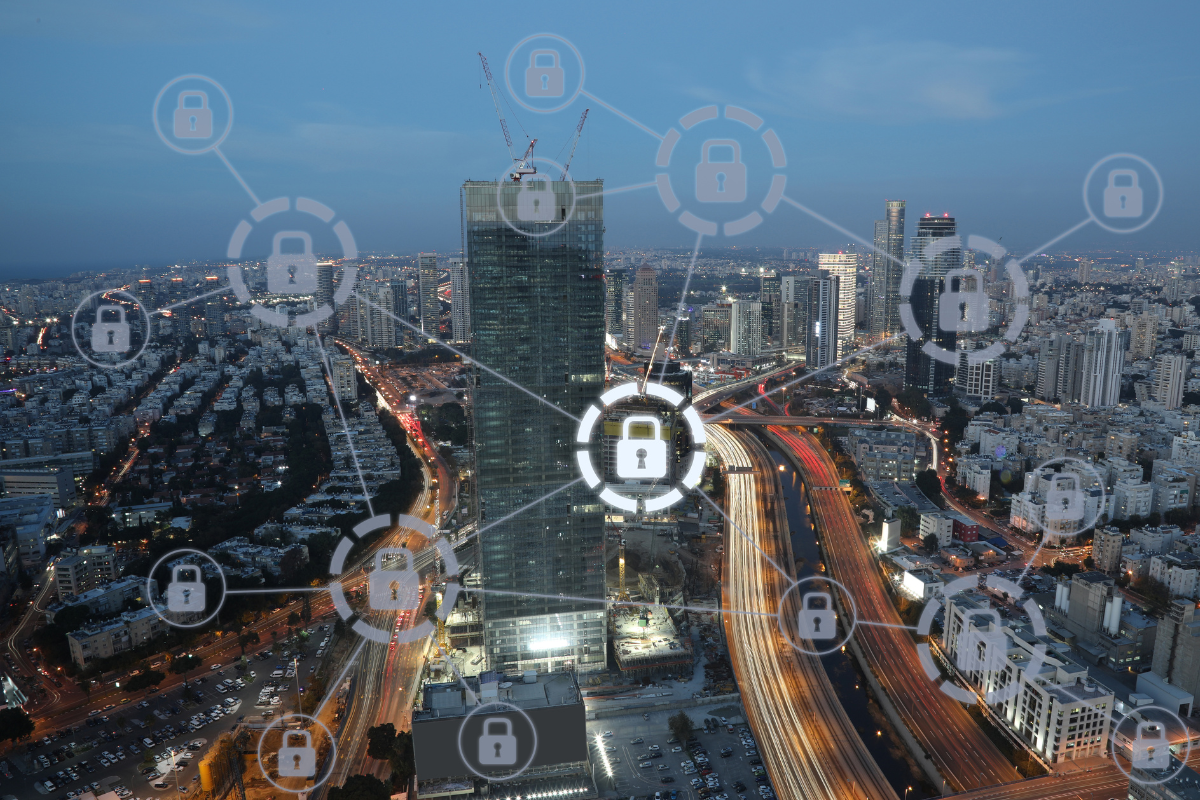Finetuning Your Cyber Resilience Strategy: Why a System Impact Analysis is an Important Step
Learn what a System Impact Analysis (SIA) is and how it can have an impact in fortifying an organization's overall cyber resilience strategy.
Business Continuity, Cybersecurity, Disaster Recovery, Ransomware


In today’s fast-paced and unpredictable landscape of cybersecurity and business continuity, organizations are increasingly recognizing the need for streamlined and precise assessments of their technology systems. These assessments allow organizations to make informed business decisions on the prioritization of funding for resources, support recovery, and backup solutions. While most in the business continuity space are familiar with the comprehensive Business Impact Analysis (BIA), a lesser known but equally vital counterpart is the System Impact Analysis (SIA). The SIA narrows its focus on the organization’s technology landscape, offering a cost-effective assessment that complements the BIA. In this blog, we will delve into what exactly an SIA involves, how it distinguishes itself from a BIA, and how an SIA can have an impact in fortifying an organization’s overall cyber resilience strategy. We’ll explore the essential role that an SIA plays in safeguarding your digital assets and ensuring business continuity in an age where technology is both the backbone and the bullseye of modern enterprises.
What is a System Impact Analysis (SIA) and how is it useful?
The SIA reviews IT infrastructure to identify relative importance and dependencies of key systems and applications for the purpose of assessing impact (risk) should a system or application be offline. It is a streamlined version of a traditional BIA, which looks at business-level activities, with a targeted focus on the organization’s technology landscape. This aimed approach ensures that organizations target and maximize disaster recovery investments so they can protect technologies that are actually critical to their operations.
The result is a quick and cost-effective assessment that helps with:
Identifying Critical Processes & Systems
By understanding which systems and applications support your organization’s most critical business processes, resources can be focused on protecting and recovering these first to ensure their continuity and rapid recovery in response to a disruption — and to ensure you do not overspend on overprotecting less critical technologies.
Setting Recovery Objectives
With insights from the SIA, organizations can establish Recovery Time Objectives (RTOs) and Recovery Point Objectives (RPOs). RTO defines the acceptable downtime for critical processes and supporting technologies, while RPO determines the maximum tolerable data loss. These objectives are essential in determining application/service criticality, while ensuring that the necessary disaster recovery expectations and timeframes are put in place to align precisely with your organization’s needs.
Allocating Resources & Targeting Investments
Armed with data on the potential consequences of disruptions, and a prioritized list of critical systems, decision makers can make informed decisions regarding targeted investments in resilience and disaster recovery solutions.
Prioritizing & Mitigating Risk
By highlighting potential risks, the SIA aids in the prioritization of effective mitigation efforts. Organizations can proactively address any vulnerabilities, reducing the likelihood and impact of potential disruptions.
Testing & Validation
The SIA’s insights drive recovery testing priorities and validate your organization’s recovery plans and procedures — or identify the need for additional plan development.
SIA vs. BIA: How do they differ?
While similar, and often complementary, there are some key differences between the SIA and BIA, such as:
- Scope:
The SIA has a narrow focus on an organization’s technology systems, including IT infrastructure, applications, and data. It assesses the impact of technology disruptions. The BIA takes a more holistic approach, assessing the impact of disruptions on all aspects of an organization, including people, processes, technology, and facilities. - Speed, Cost, and Complexity:
SIAs are quicker and more cost-effective to perform than BIAs because they concentrate solely on the technology landscape, saving time and resources. BIAs are more time consuming but provide a deeper understanding of how various elements of the organization are interconnected and how they impact business operations. - Resilience and Business Continuity:
SIAs are particularly useful for evaluating the resilience and recovery capabilities of an organization’s IT systems. They help identify vulnerabilities and prioritize IT recovery efforts. SIAs can play an important role in assessing an organization’s ability to withstand and recover from cyberattacks, such as ransomware or data breaches, making them useful when working to enhance an organization’s cyber resilience. BIAs are crucial for building a comprehensive business continuity plan. They help organizations prioritize critical functions and allocate resources effectively in times of crisis.
Situations where SIAs are ideal include when an organization wants to primarily assess the impact of technology disruptions, improve cybersecurity, or when it needs a rapid assessment to enhance its IT disaster recovery capabilities. Whereas BIAs are suitable when organizations need a comprehensive understanding of the interdependencies between different aspects of their operations, particularly when dealing with critical business functions and compliance requirements. In highly regulated industries like healthcare and finance, BIAs are often required to ensure compliance and industry regulations.
Choosing the Right Approach
When deciding between an SIA and BIA, it’s important to consider several factors to ensure you choose the right approach for your organization’s needs. Your choice should align with your specific circumstances and objectives, whether you’re primarily concerned with technology resilience, enhancing cybersecurity, or meeting broader business continuity goals. The availability of resources plays a significant role in the decision-making process. SIAs are often preferred when resources are limited, as they provide quicker and cost-effective assessments. By contrast, a BIA is more resource-intensive but offers a deeper understanding of interdependencies within your organization.
Consider the regulatory landscape of your industry. Some highly regulated industries, such as healthcare and finance, may require comprehensive BIAs to ensure compliance with industry regulations. It’s important to meet these obligations, while simultaneously enhancing technology resilience through SIAs. In some cases, a combination of the assessments may be the most effective strategy. This hybrid approach allows organizations to assess the impact of technology disruptions through an SIA, while gaining a comprehensive understanding of the broader implications on the business using a BIA. The choice of analysis should be a deliberate decision, driven by your organization’s overarching objectives and the need to protect both your technology landscape and overall business continuity.
How Recovery Point Can Help
At Recovery Point, we understand that data is the lifeblood of your business. We’re proud to offer cyber preparedness and ransomware recovery solutions utilizing modern data protection, automation and orchestration, and unparalleled recovery expertise.
At the core of our cyber resilience offering is a proactive approach to identifying and safeguarding your most critical data. SIAs and BIAs form the foundation for creating tailored disaster recovery plans and runbooks – ensuring that your data is protected with precision and foresight. By identifying critical processes and data, we can prioritize recovery efforts and allocate resources effectively. Recovery Point recommends every organization engage in at least an SIA to ensure critical IT systems and dependencies are identified, and to ensure a successful recovery based upon established RTOs.
If you’d like to learn more about our assessments and how they can create a solid foundation for your disaster recovery and business continuity planning, reach out today to start a conversation with one of our experts.
Contact us to connect with our team now.
Connect with us on LinkedIn, X (formerly Twitter), and Facebook.
You Might Also Like
Contact Us
For more information please call 877.445.4333



